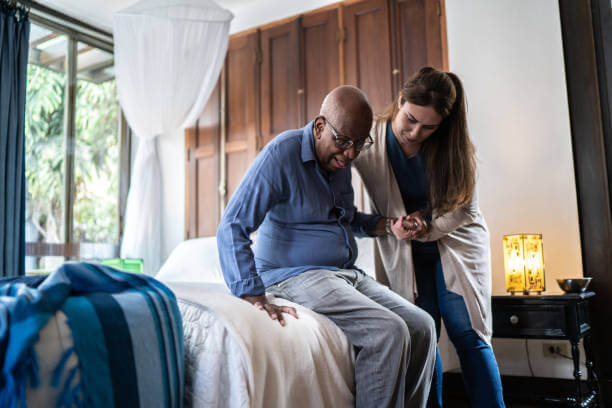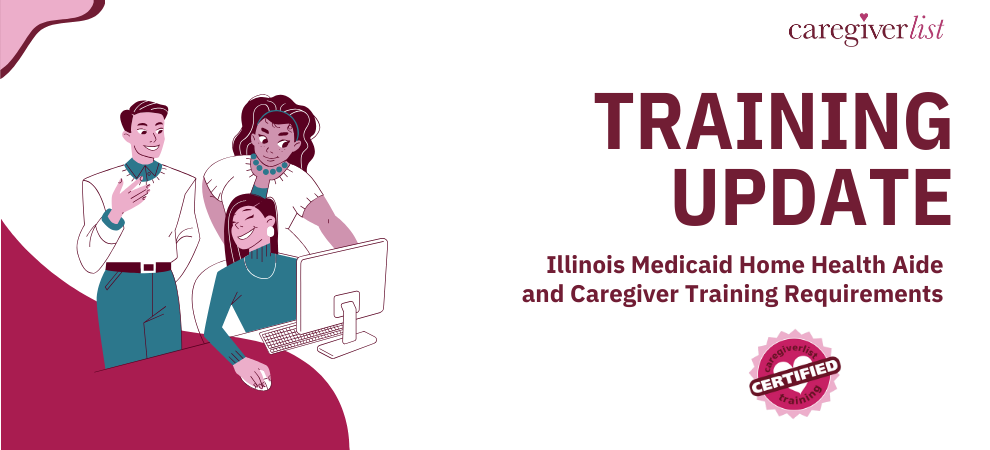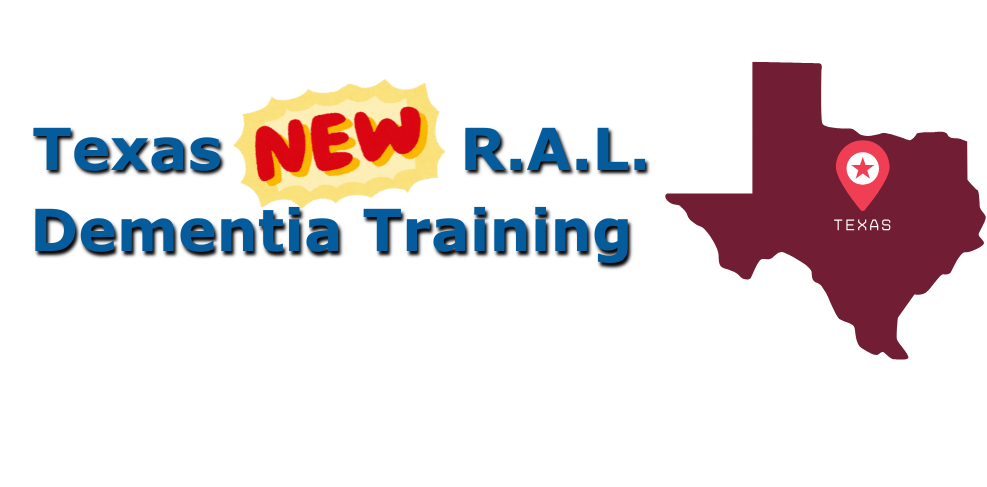Can senior housing issues stretch across the aisle? The Bipartisan Policy Center (BPC) is banking on it by launching its new Health and Housing Task Force. Leading the effort are democrat Henry Cisneros, HUD secretary during former President Bill Clinton’s administration and republican Mel Martinez , HUD secretary during former President George W. Bush’s administration. Joining them in the effort are former Representatives Allyson Schwartz and Vin Weber.
The task force will look at how senior-friendly, affordable housing might reduce healthcare system costs and, at the same time, allow more seniors to age in place at home. Surveys show that most older Americans would prefer to age in their own communities rather than in institutional settings, such as nursing homes. However, the way things stand now, many homes are not equipped for safe, independent living and communities are ill-prepared to provide much-needed services like transportation for seniors who no longer drive.
At the end of the day, it’s all about potential Medicaid and Medicare savings. The current system won’t be able to sustain the growing elderly population. In-home senior care has proven much more cost-effective than institutional care, so it’s in everyone’s best interest to expand home and community based senior care.
“In 2011, only about half of Medicaid-covered long-term services and supports were provided at home or in the community, even though for most seniors, home and community-based care is preferred and often significantly less expensive,” said task force member Allyson Schwartz, a former congresswoman from Pennsylvania.
The Health and Housing Task force’s one-year effort will:
- Seek cost-effective ways to modify homes and communities to make independent living for seniors available and safe. Finding potential funding sources will be crucial.
- Bring attention to best practices on state and local levels for integrating housing, healthcare, and long-term services and supports. The task force will find programs that work and investigate how they can be replicated elsewhere.
- Determine barriers to offering home- and community-based services and supports through Medicare and Medicaid.
- Explore opportunities for further collaboration between the Departments of Housing and Urban Development and Health and Human Services.
America is an aging nation. According to the U.S. Census Bureau, projections show the population age 65 and older is expected to more than double between 2012 and 2060, from 43.1 million to 92.0 million. The increase in the number of the “oldest old” will be even more considerable— those 85 and older are projected to more than triple from 5.9 million to 18.2 million, reaching 4.3 percent of the total population. The “oldest old” are those seniors who tend to need senior care most.
Caregiverlist believes that a key element to helping seniors age in place is the well-trained, well-paid in-home caregiver. Let’s hope this bipartisan task force takes into account the issue of fair senior caregiver wages in order to help stem caregiver turnover in an effort to provide the best senior home care.







